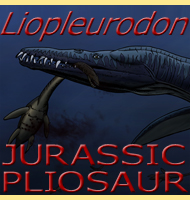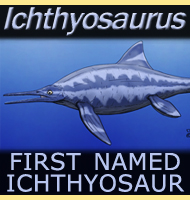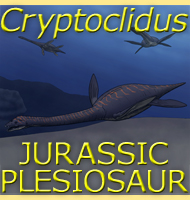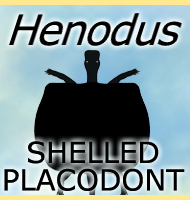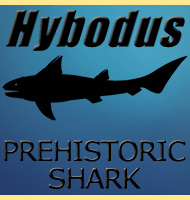


Torvoneustes
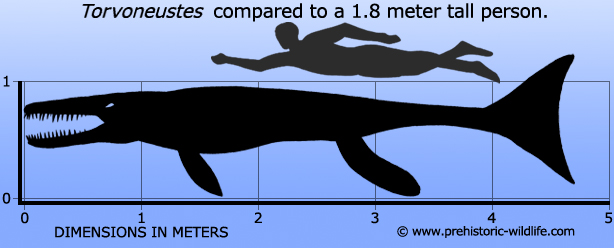
Name:
Torvoneustes
(Savage swimmer).
Phonetic: Tor-vo-new-steez.
Named By: M. B. Andrade, M. T. Young,
J. B. Desojo & S. L. Brusatte - 2010.
Synonyms: Dakosaurus carpenteri,
Geosaurus carpenteri.
Classification: Chordata, Reptilia,
Crocodylomorpha, Thalattosuchia, Metriorhynchidae, Geosaurini.
Species: T. carpenteri
(type), T. coryphaeus, T. mexicanus.
Diet: Carnivore/Piscivore.
Size: Roughly estimated about 4.7 meters long.
Known locations: England - Kimmeridge Clay
Formation. Mexico
Time period: Late Jurassic.
Fossil representation: Partial skull and post
cranial remains.
When
the skull of Torvoneustes was originally described
it was thought to
belong to a species of Metriorhynchus,
M. superciliosus. However
the later discovery of post cranial remains led to the conclusion that
the skull remains did not belong to that species of Metriorhynchus,
and they were re-described as a new species of Dakosaurus,
D.
carpenteri, in 2008. Later in 2008, the remains
were again
moved to a another genus as a species of Geosaurus,
G.
carpenteri. Ultimately in 2010, the remains were again
reclassified, this time as their own genus, Torvoneustes.
In
2013 a second species, T. coryphaeus, was
named from further
remains recovered from the Kimmeridge Clay Formation.
Torvoneustes
was a metriorhynchid
thalattosuchian, a creature that
can be more simply referred to as a marine crocodile adapted for life
in the sea. The legs were flattened and shaped more like paddles,
while the tail would have ended with a fish-like fluke, similar to
those of ichthyosaurs.
The hard osteoderms that are commonly found in
the skin of terrestrial (land dwelling) crocodiles were also gone
so that the skin had a more hydrodynamic surface, making swimming
easier and more efficient.
Despite
being large Torvoneustes seems to have been adapted
more for
a piscivorous (fish eating) diet. This is because the jaws of
Torvoneustes are relatively long with teeth that are
smaller than those
of suspected hyper carnivorous genera like Dakosaurus
which were better
at slicing the flesh of other marine reptiles. This is not to say
that Torvoneustes would not target other marine
reptiles in its pursuit
of prey, just that the teeth and jaws would be better suited for work
upon fish.
As
far as comparisons to other metriorhynchid crocodiles go,
Torvoneustes was larger than Geosaurus
and Metriorhynchus, but
roughly comparable to larger Dakosaurus. Even
larger than all of
these though was Plesiosuchus.
Further reading
- A new metriorhynchid crocodilian (Mesoeucrocodylia:
Thalattosuchia) from the Kimmeridgian (Upper Jurassic) of
Wiltshire, UK - Palaeontology 51 (6): 1307–1333 -
L. E. Wilkinson, M. T. Young, J. B. Desojo &
S. L. Brusatte - 2008.
- The evolution of extreme hypercarnivory in Metriorhynchidae
(Mesoeucrocodylia: Thalattosuchia) based on evidence from
microscopic denticle morphology. - Journal of Vertebrate
Paleontology 30(5):1451-1465 - M. B. Andrade, M. T.
Young, J. B. Desojo & S. L. Brusatte - 2010.
- A new metriorhynchid crocodylomorph from the Lower Kimmeridge Clay
Formation (Late Jurassic) of England, with implications for the
evolution of dermatocranium ornamentation in Geosaurini -
Zoological Journal of the Linnean Society 169 (4): 820 -
M. T. Young, M. B. De Andrade, S. Etches & B.
L. Beatty - 2013.
- Occurrence of Torvoneustes (Crocodylomorpha,
Metriorhynchidae) in
marine Jurassic deposits of Oaxaca, Mexico. - Revista Brasileira de
Paleontologia. 19 (3): 415–424. - Jair I. Barrientos-Lara, Yanina
Herrera, Marta S. Fern�ndez & Jes�s Alvarado-Ortega - 2016.
- Macroevolutionary trends in the genus Torvoneustes
(Crocodylomorpha,
Metriorhynchidae) and discovery of a giant specimen from the Late
Jurassic of Kimmeridge, UK. - Zoological Journal of the Linnean
Society. - Mark T. Young, Davide Foffa, Lorna Steel & Steve
Eches - 2019.
Random favourites
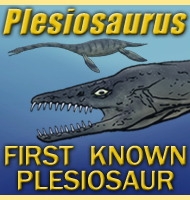 |
 |
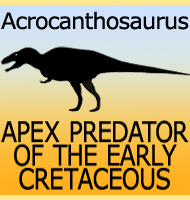 |
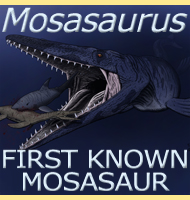 |
